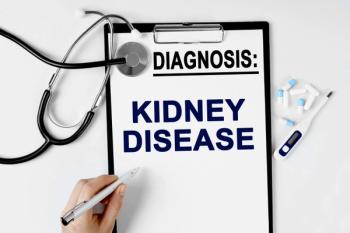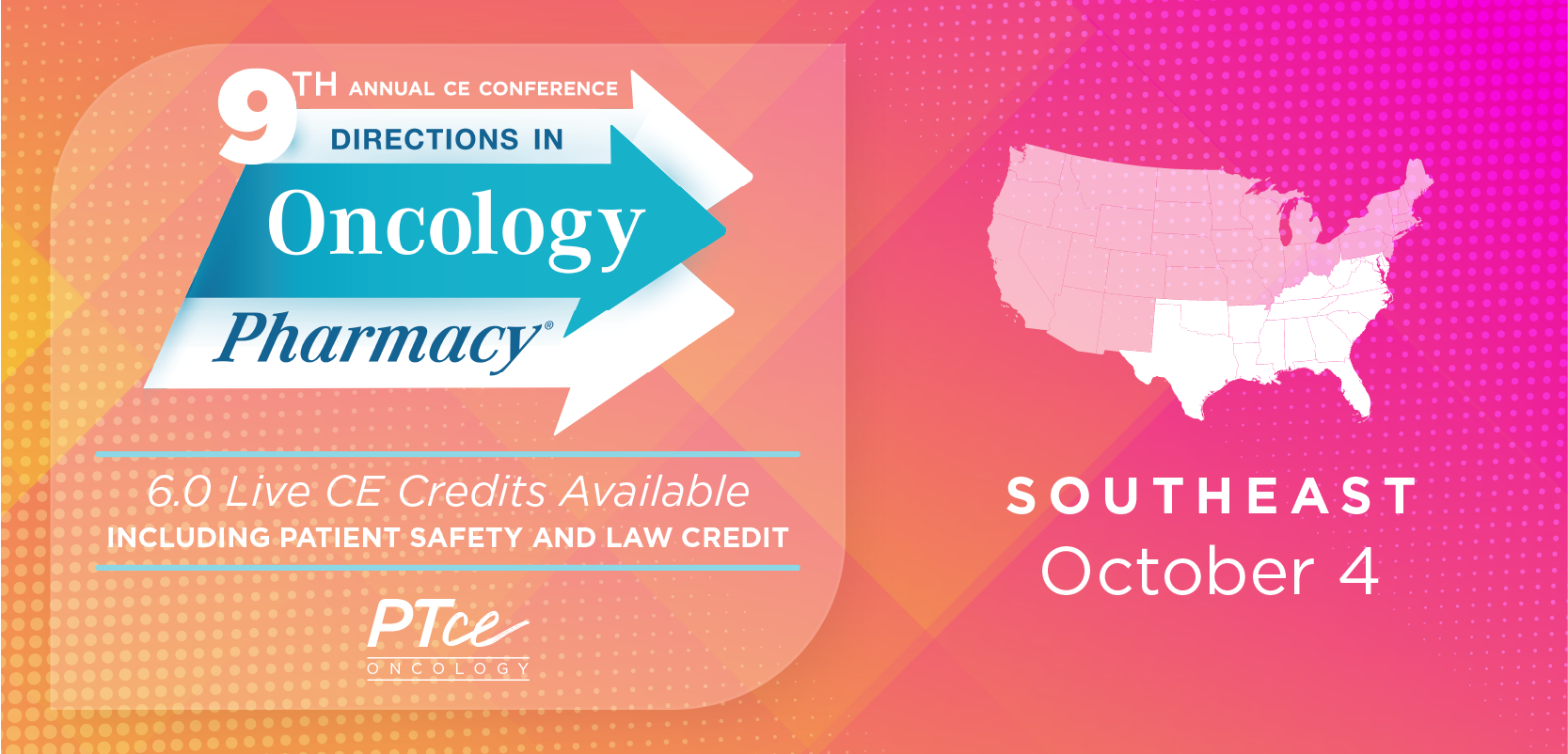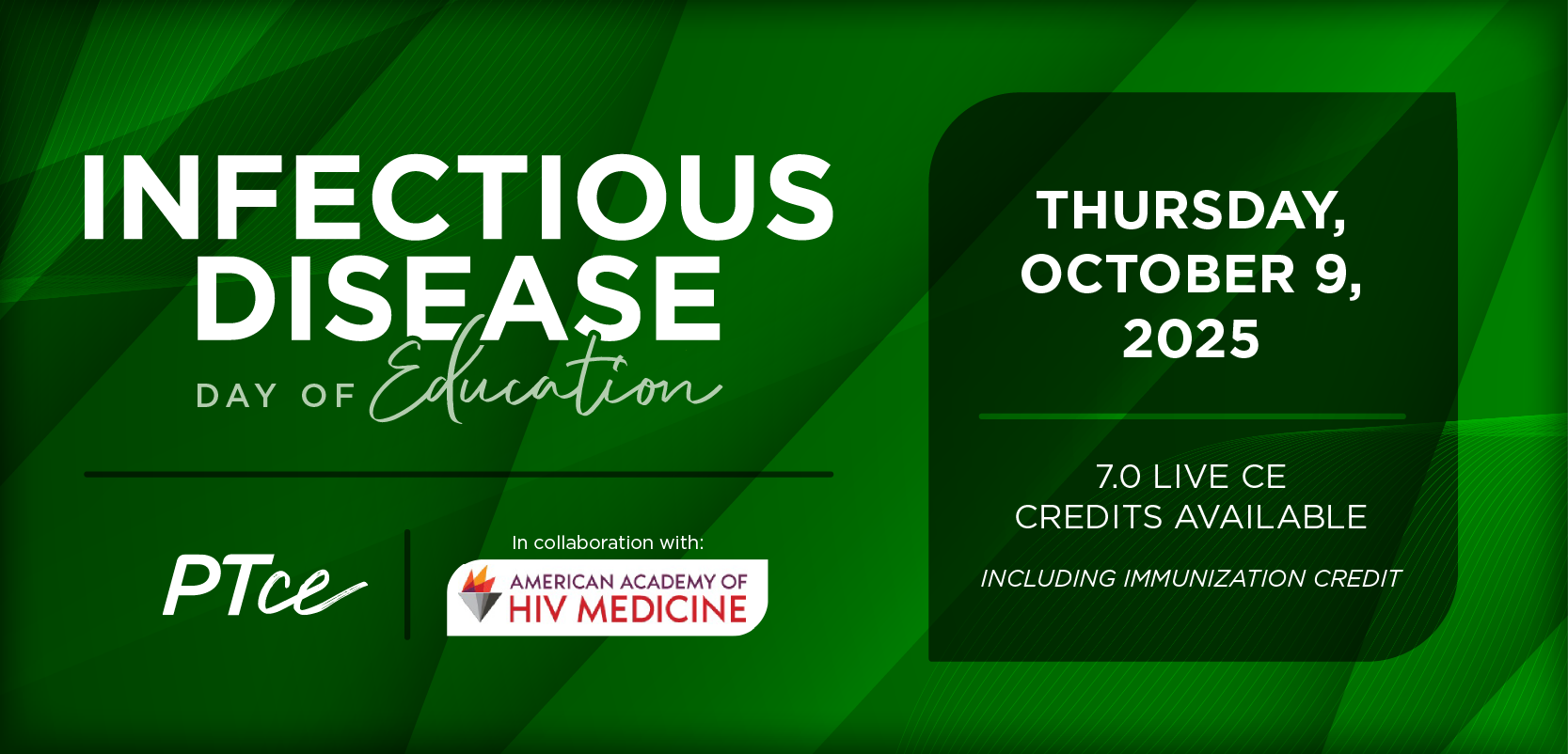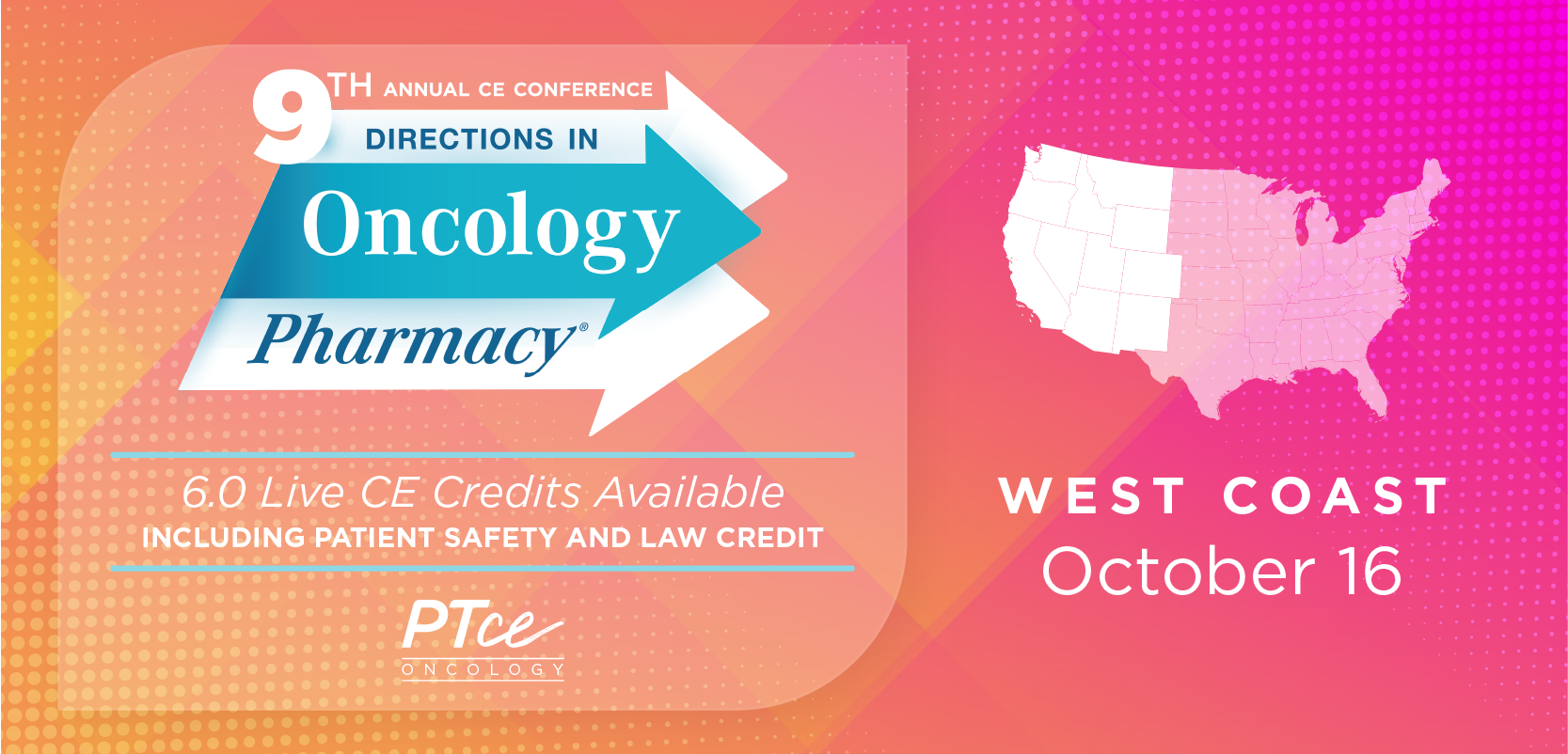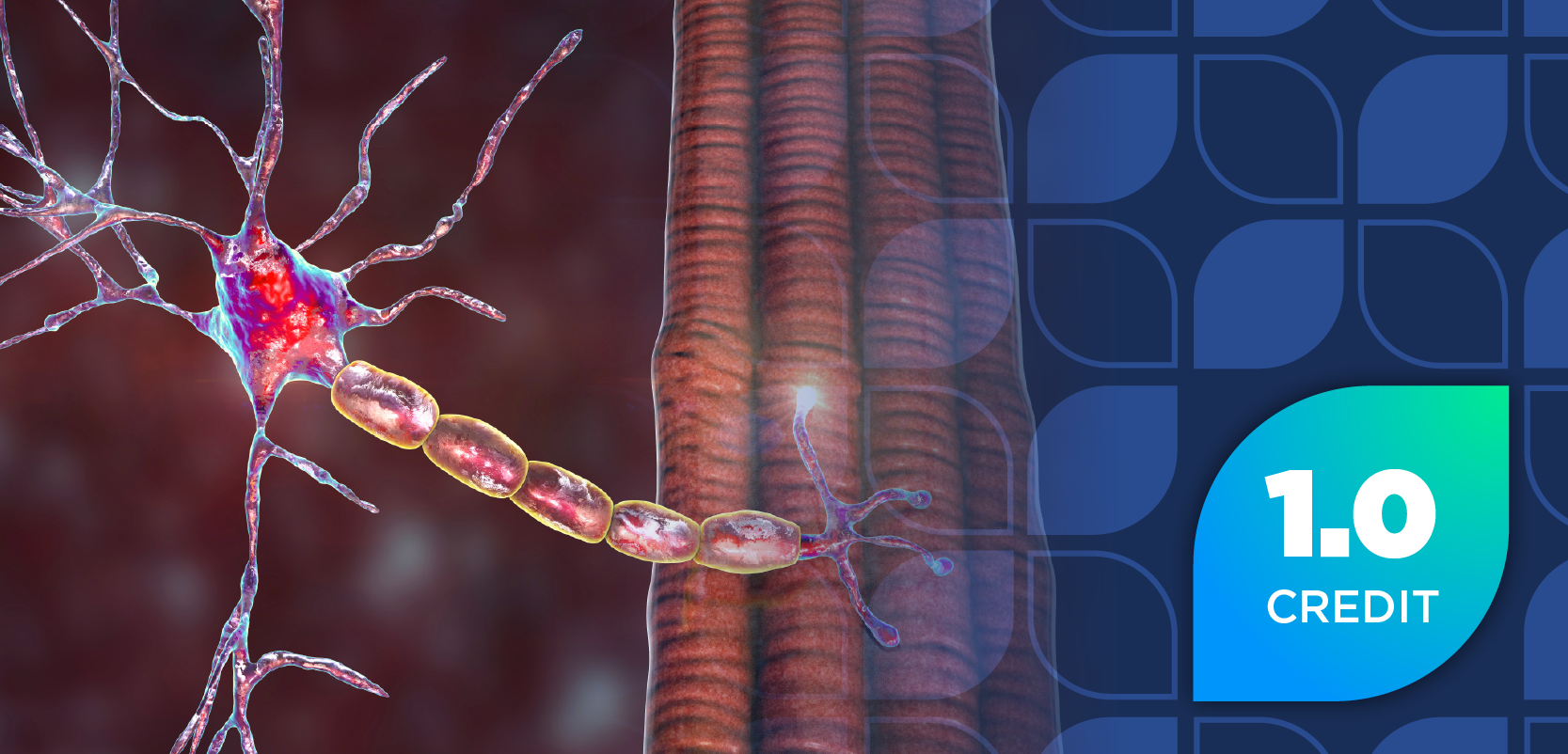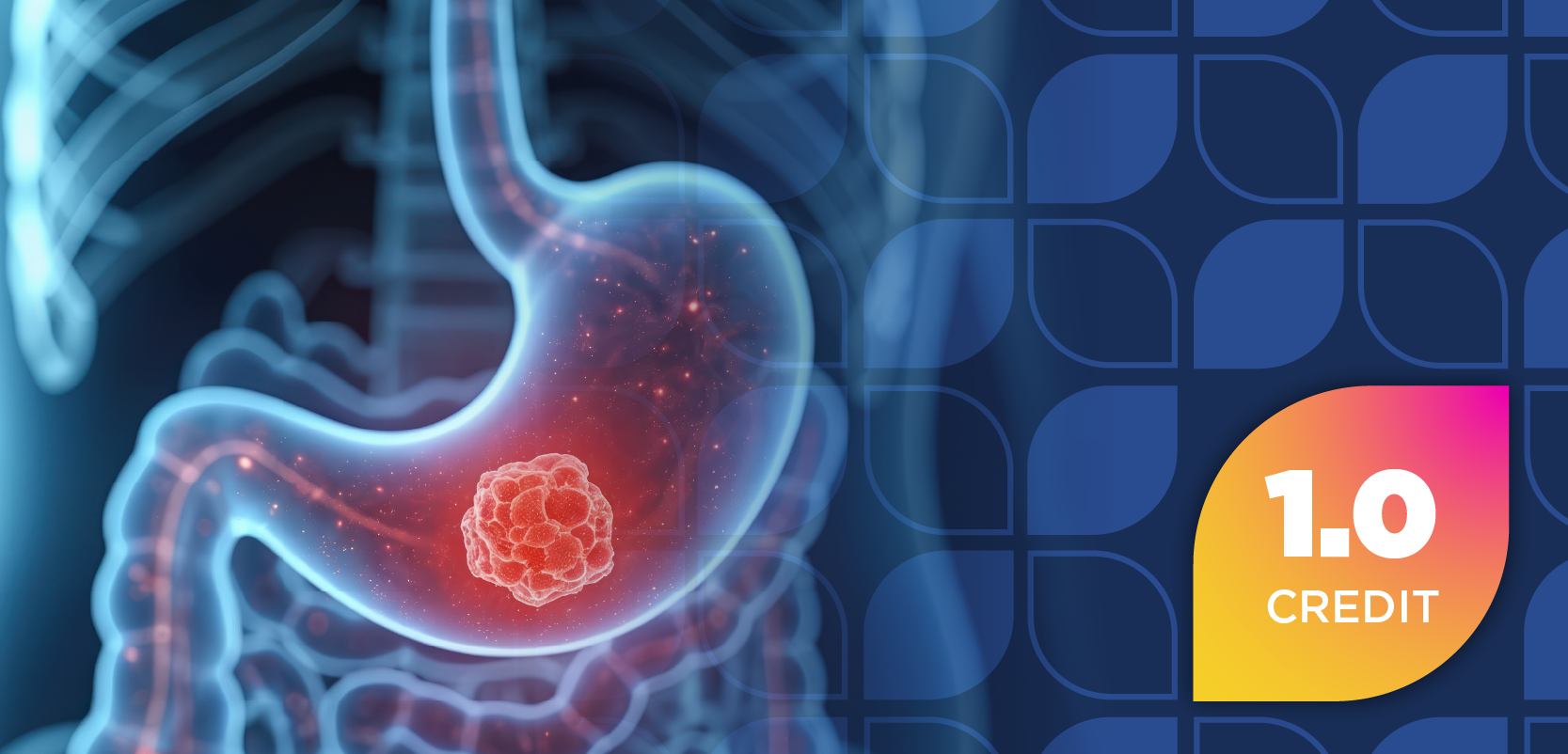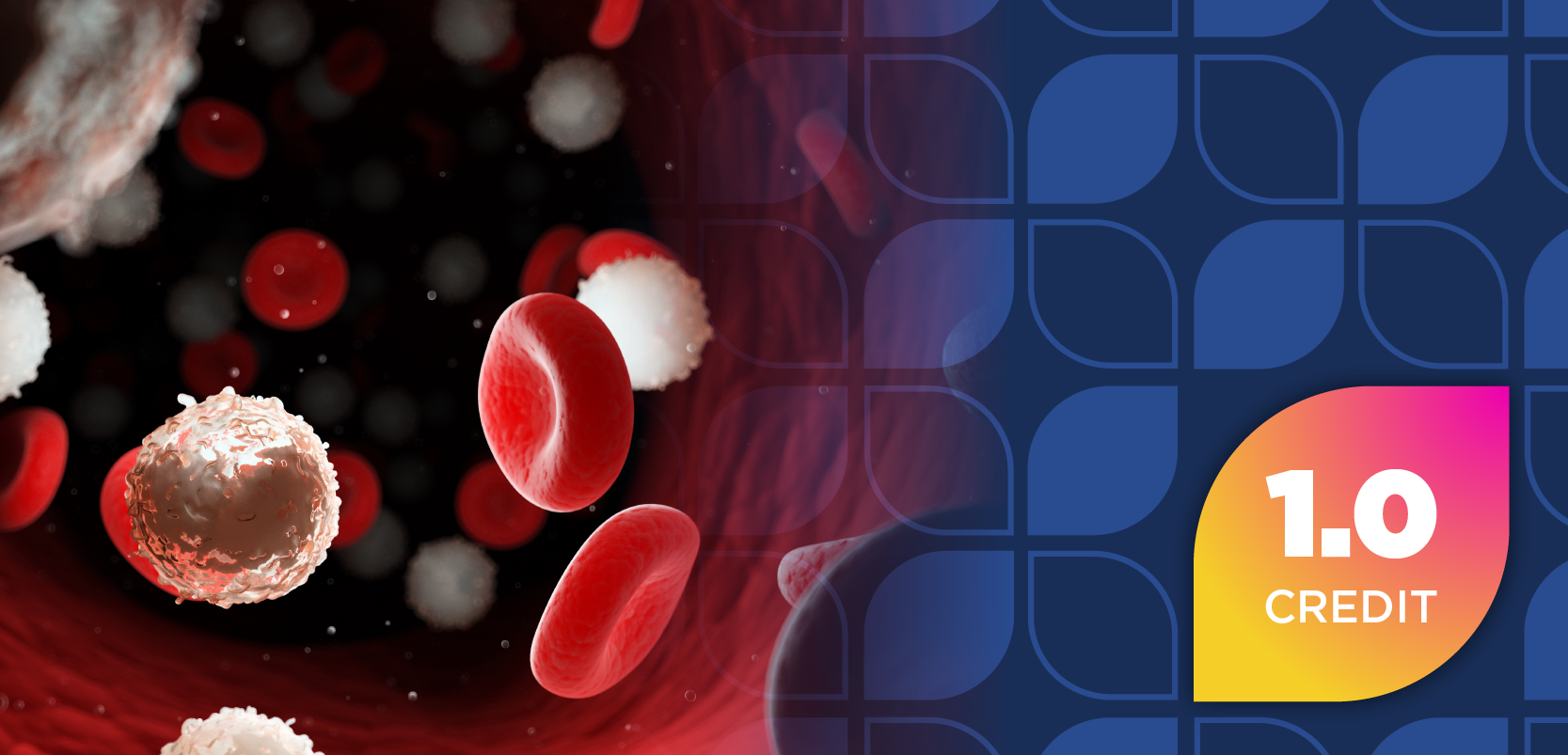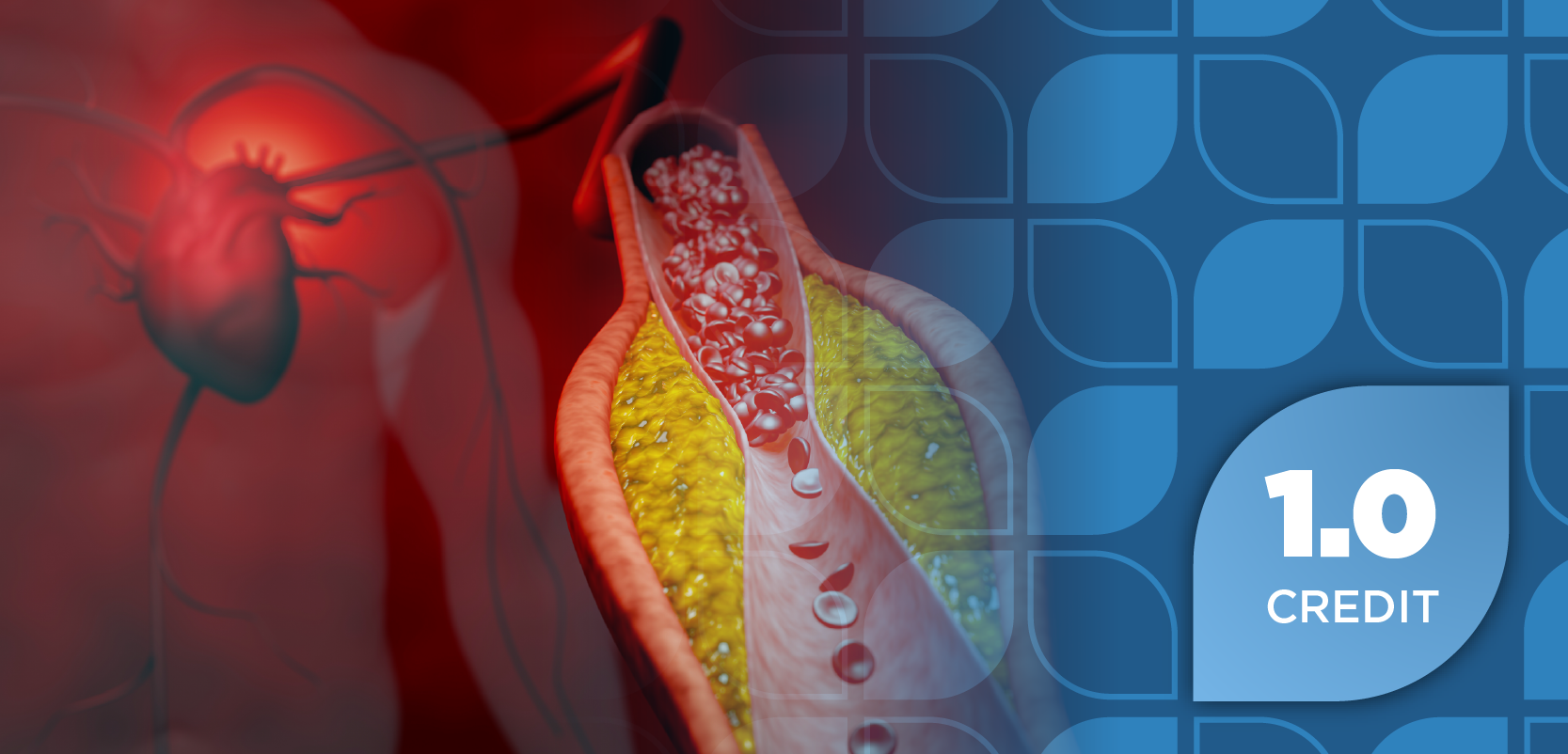
Dosing Drug-Food, Drug-Drug Interactions in Common Cancer Agents
Certain cancer agents may have drug-food or drug-drug interactions that alter exposure to the medication, resulting in a need for individualized dosing.
When optimizing cancer treatments for patients, interpatient pharmacokinetic variability can pose a challenge. In a session at the ESMO Congress 2019, experts discussed optimal individualized dosing of commonly used cancer agents in the face of varying adverse interactions.
According to Emiliano Calvo, MD, PhD, who opened the session, the majority of patients with cancer have exposures outside of the therapeutic window and approximately 30% to 40% are underdosed.
“When selecting the right drug for patients, we may not be delivering the correct exposure for that drug for our patients,” Calvo said.
Marzia Del Re, PharmD, PhD, from the Clinical Pharmacology and Pharmacogenetics Unit at University Hospital of Pisa, discussed the effect of drug-food interactions on dosing.
“Drug-food interactions can happen because of 2 main reasons,” she explained. “The first one is strictly linked to the presence of food in the gastrointestinal area and the effect that can have on absorption and bioavailability.”
In this case, different meal compositions, such as high-fat, high-protein, and high-fiber, can affect the interaction that occurs. The second type of interaction can affect the transport systems and the cytochrome systems, Del Re said. For these, several foods can act on the cytochrome P450 (CYP) system as inductors (such as hyper-protein foods or vegetables) or as inhibitors (grapefruit juice).
Del Re cited a study published in the Journal of Clinical Pharmacology, which used cabozantinib as an example. The study demonstrated differences in plasma concentration when cabozantinib was administered under fed or fasted conditions, showing that plasmatic concentration increased in fed conditions.2 Similarly, another study showed that a 600 mg dose of pazopanib taken with food is bioequivalent to an 800 mg dose of pazopanib taken in a fasted state.3
Regarding the specific types of food-drug interactions, Del Re emphasized important grapefruit and herb interactions.
“Grapefruit interactions can lead to increased toxicity due to increased concentration of drugs in the plasma,” she noted.
Commonly used agents that come with a high risk of grapefruit interaction include crizotinib, dasatinib, erlotinib, everolimus, lapatinib, nilotinib, and pazopanib.
There are also several herbs that can interact with cancer agents, but the most prominent one is St. John’s Wort.
According to Del Re, the effect of this herb is to induce the expression of CYP3A4 and Pg-P expression, which are involved in irinotecan elimination. A study comparing the plasma concentration of SN-38 measured in the absence and presence of St. John’s Wort showed that plasma concentrations of the drug were decreased by 42% after cotreatment with the herb.4
Del Re explained that pharmacogenetic variability can play a significant role in determining which patients experience an interaction, as well. A separate analysis of the effect of curcumin on tamoxifen indicated a more pronounced effect in patients who were extensive metabolizers versus those who were intermediate metabolizers.5
“Pharmacogenetic matters in drug-food interactions and that may explain why we don’t see the drug-food interactions in every patient,” Del Re said.
However, factors such as aging, cancer, concomitant medications, transplants, HIV infection, and enteral or parenteral feeding may all increase the risk of drug-food or drug-herb interactions. Del Re concluded that patients should be counseled about the potential for such interactions.
Individualized dosing is also an important consideration for drug-drug interactions. Ron HJ Mathijssen, MD, PhD, medical oncologist and clinical pharmacologist at Erasmus MC Cancer Institute, gave an overview of drug-drug interactions with a focus on acid-suppressive agents.
Gastric-acid suppressant agents, such as proton pump inhibitors (PPIs), are among the most commonly prescribed drugs to patients with cancer, according to Mathijssen.
However, taking these agents can drastically increase the pH value of the stomach, which then results in decreased absorption and solubility of oral cancer agents. Several studies have shown that the combination of certain TKIs and PPIs can lead to decreased progression-free survival (PFS) and overall survival (OS) in patients. This effect was seen with capecitabine in a retrospective analysis suggesting loss of PFS and OS in patients using a PPI.
As a potential solution, Mathijssen suggested combining a TKI with an acidic beverage, such as cola, instead of water, as a way to decrease the pH value of the stomach again and increase bioavailability.
This was demonstrated in a study of the combination of erlotinib and esomeprazole, in which exposure was shown to be 39% higher in patients who took the combination with cola than with water. An ongoing pharmacokinetic study is assessing this method with the combination of capecitabine and esomeprazole, with results expected in 2020.
Another potential option could be to choose the most optimal timepoint to take the TKI and PPI, during which the PPI has not yet had an effect on gastric pH, Mathijssen said.
Overall, pharmacokinetic challenges in cancer treatment can pose barriers to optimizing the correct administration and dosing of therapy. Counseling patients, monitoring for interactions, and personalizing dosing and administration can decrease the risk of negative effects.
“Without dose individualization, there can be no personalized cancer care,” Calvo said.
References
- Calvo E, Del Re M, Mathijssen RH. Individualized dosing of commonly used anti-cancer agents. Presented at ESMO Congress 2019. September 30, 2019. Barcelona, Spain.
- Nguyen L, et al. Journal of Clinical Pharmacology. 2015 Nov;55(11):1293-30
- Lubberman FJE, et al. Clinical Pharmacology & Therapeutics. 2019. Doi: 10.1002/cpt.1515.
- Matthijssen RH, et al. Journal of the National Cancer Institute. 2002 Aug 21;94(16):1247-9.
- Hussarts KGAM, et al. Cancers. 2019, 11, 403.
Newsletter
Stay informed on drug updates, treatment guidelines, and pharmacy practice trends—subscribe to Pharmacy Times for weekly clinical insights.


